Biogeochemistry
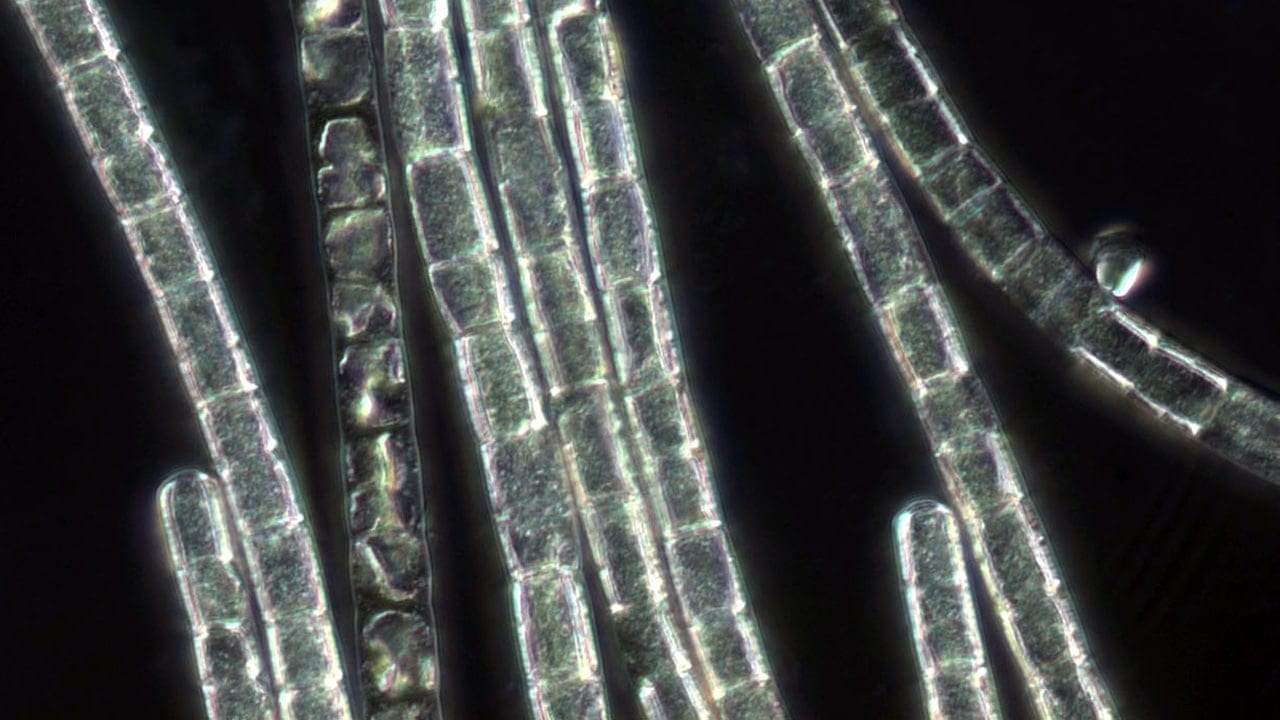
Trichodesmium strain H9-4 isolated from a site near Station ALOHA of the Hawaii Ocean Time Series study. Cyanobacteria such as Trichodesmium fix atmospheric nitrogen into ammonia and are an important source of new nitrogen of the ocean. Here a large number of heterotrophic bacteria are seen to be localized around the filament, suggesting they metabolize organic matter released by the cyanobacterium. (Photo by Annette Hynes, Woods Hole Oceanographic Institution)
What is Biogeochemistry?
Biogeochemistry is a relatively new scientific discipline that explores the physical, chemical, biological, and geological processes and reactions that govern the composition of and changes to the natural environment. In particular, biogeochemistry studies the cycles of crucial elements, such as carbon and nitrogen, and their interactions with other substances and organisms as they move through Earth’s atmosphere, hydrosphere (water and ice), biosphere (life), and lithosphere (rock). The field focuses especially on the diverse and interlinked chemical cycles that are either driven by or have an impact on biological activity, in particular carbon, nitrogen, sulfur, and phosphorus.
A prime example is carbon, the building block of life on Earth, and the planet-encompassing carbon cycle. Photosynthetic plants on land and sea take carbon dioxide (a form of inorganic carbon) from the atmosphere and convert it into the organic forms of carbon they need to live and grow. Animals that consume the plants incorporate the organic carbon into their own bodies.
Microbes eventually decompose dead plants and animals, and their carbon is recycled into soils and groundwater or swept into the oceans, where it becomes available to microbes and phytoplankton at the base of the marine food chain or it sinks and is buried in seafloor sediments. Over millions of years, carbon that is buried on land or at the bottom of the ocean becomes incorporated into rocks or hydrocarbons, where it might remain for tens to hundreds of millions of years. Ultimately, volcanoes return some of this carbon to the air as gas, where its heat-trapping properties affect Earth’s climate, or else the rocks containing carbon are uplifted onto continents and gradually weathered, releasing their carbon back to the environment and making it available to organisms once again.
Why is it Important?
In a sense, chemicals are like currency, and biogeochemistry is the study of the nearly limitless “transactions” that drive the entire planetary system, including life on Earth. Understanding these fundamental processes provides crucial insights into how life formed, has evolved, is sustained, and is threatened on our planet, and how the various chemical cycles govern and regulate Earth’s climate and environment.
Such knowledge enhances our ability to find ways to adapt to climate change and its impacts, enhance agriculture and food production, manage fisheries, mitigate pollution, develop alternative and renewable energy, prevent diseases and create new drugs, and spur innovations that can drive economic prosperity and improve our quality of life.
News & Insights
Falling in love with foraminifera
A marine geobiologist falls for the ‘brains’ and beauty of an ancient single-celled creature that can change its shell into a variety of geometric shapes.
Putting the ‘nuclear coffin’ in perspective
WHOI chemist and marine radioactivity expert shares his thoughts about radioactivity waste leaking from Runit Dome—a bomb crater filled with radioactive soil in the Marshall Islands that is now being penetrated by rising sea levels
News Releases
Plate Tectonics Fuels a Vast Underground Ecosystem
New geochemical tool reveals origin of Earth’s nitrogen
[ ALL ]
WHOI in the News
New Report Details How NASA Could Land on Europa
Fossils Show How Ancient Seafloor Gave Rise to Life
[ ALL ]
From Oceanus Magazine
4 Potential Solutions for Corals in Crisis
Racing against the clock, WHOI researchers and colleagues are developing innovative solutions to rebuild reefs and improve coral resiliency–before it’s too late.
An ocean of opportunity
Ocean experts explore the potential risks and rewards of ocean-based solutions to climate change
Putting the ‘nuclear coffin’ in perspective
WHOI chemist and marine radioactivity expert shares his thoughts about radioactivity waste leaking from Runit Dome—a bomb crater filled with radioactive soil in the Marshall Islands that is now being penetrated by rising sea levels
Chasing Ocean ‘Snowflakes’
Scientists envision putting a flotilla of devices in the ocean to act as “eyes” that can track the “marine snow” that drifts down into the ocean.


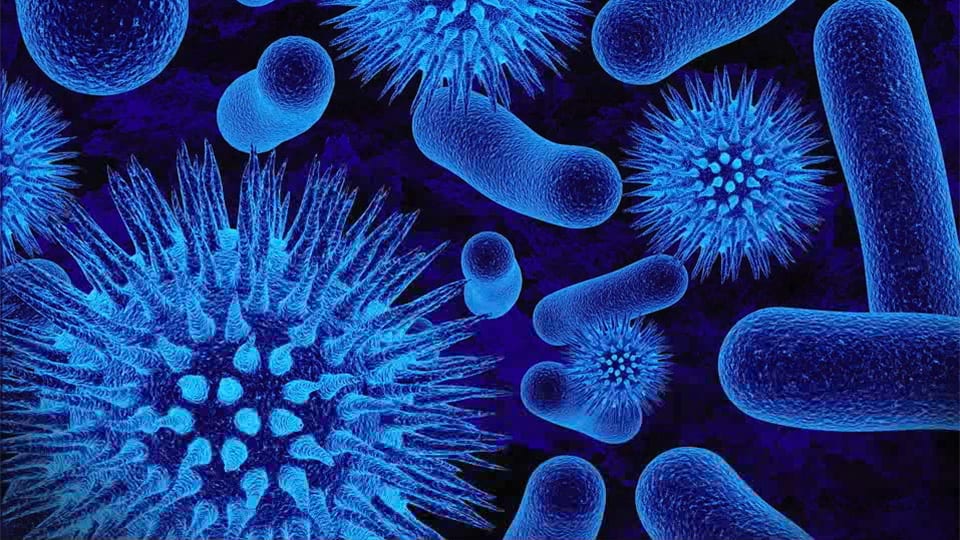
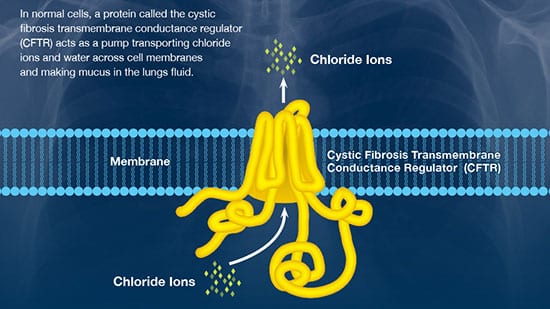
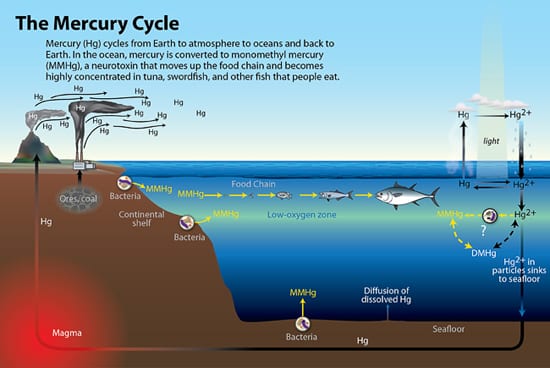
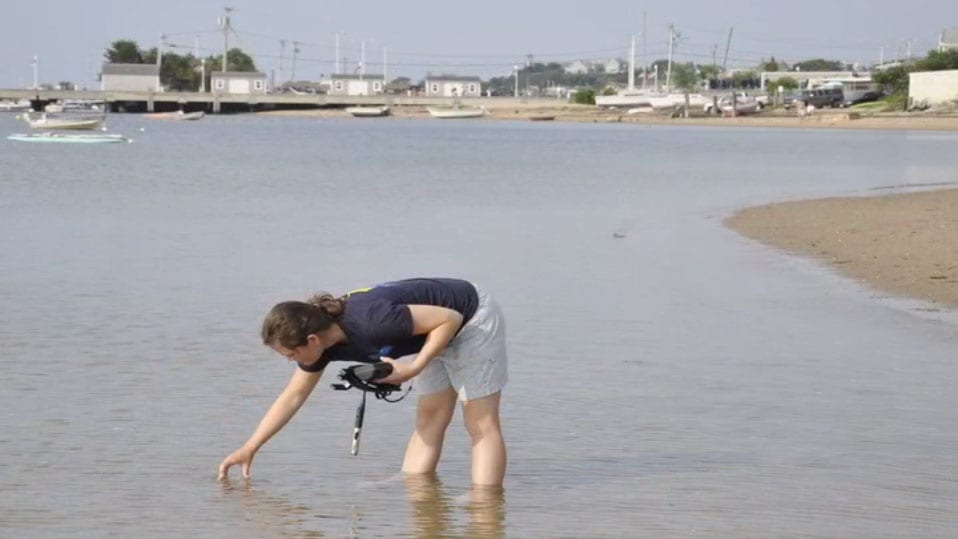
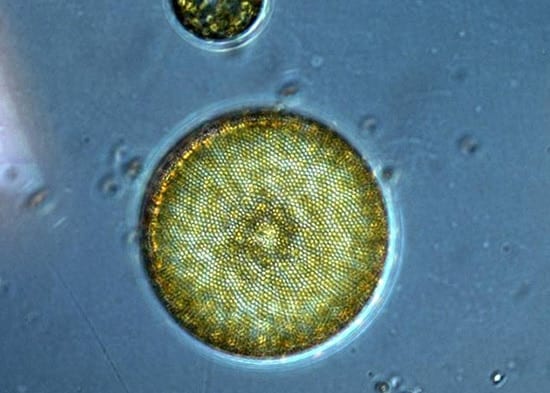
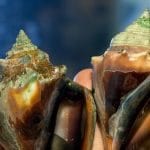 Ocean Acidification
Ocean Acidification 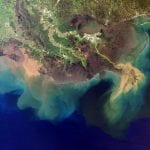 Oxygen Dead Zones
Oxygen Dead Zones